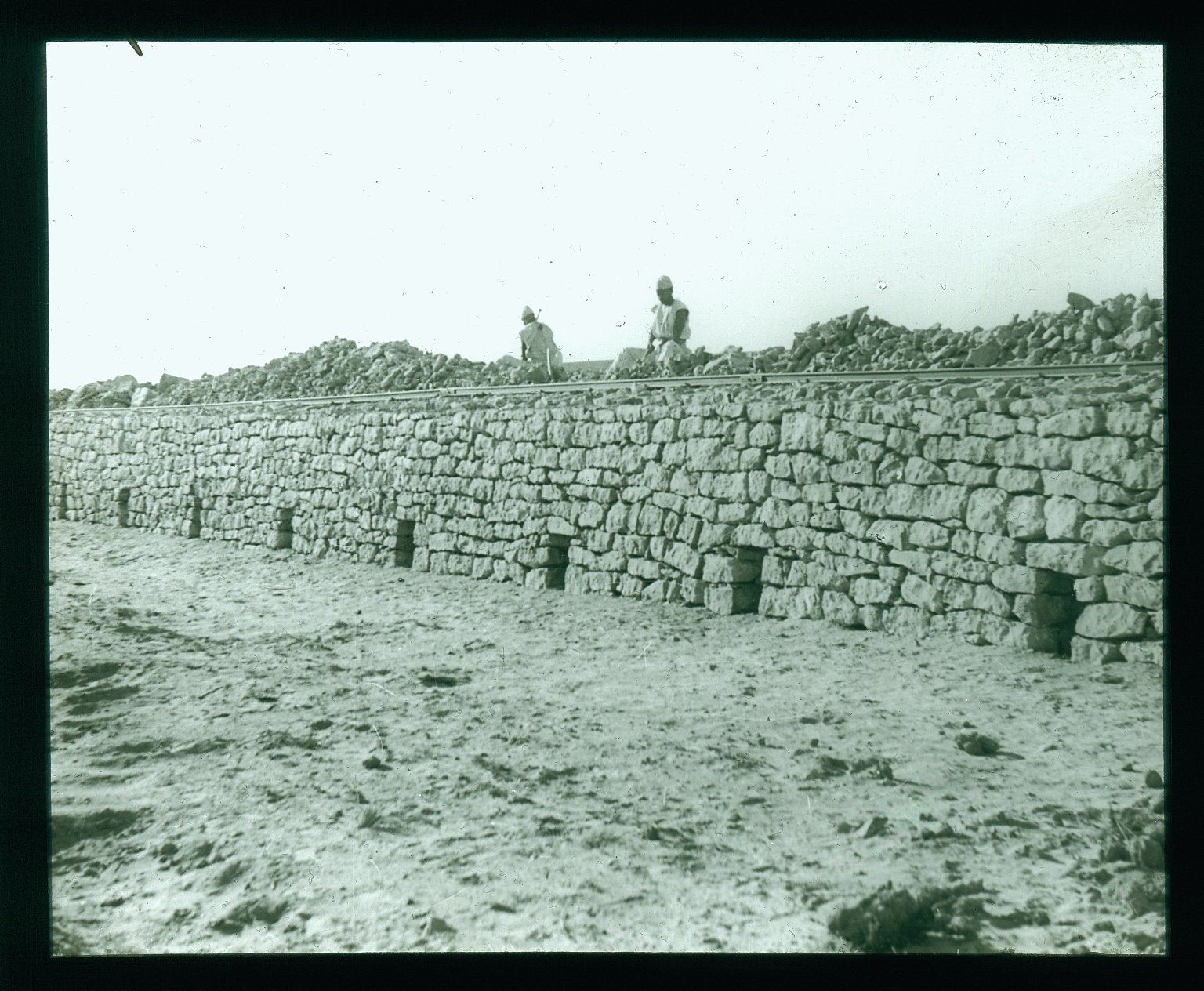Ali Abdullatif Ahmida, Forgotten Voices. Power and Agency in Colonial and Postcolonial Libya (New York and London: Routledge, 2005).
Jon Abbink, “Dam Controversies: Contested Governance and Developmental Discourse on the Ethiopian Omo River Dam,” Social Anthropology/Anthropologie Sociale 20, no. 2 (2012): 125–144.
Claudia Carr, “The Persistent Paradigm for ‘Modernizing’ River Basins: Institutions and Policies in Ethiopia,” in River Basin Development and Human Rights in Eastern Africa: A Policy Crossroads (Cham: Springer, 2017).
Asebe Regassa and Benedikt Korf, “Post-imperial statecraft: high modernism and the politics of land dispossession in Ethiopia’s pastoral frontier,” Journal of Eastern African Studies 12, no. 4 (2018): 613–631.
David Turton, “The downstream impact,” presented at the School of Oriental and African Studies, London, October 11, 2010.
Robin D.G. Kelley, Freedom Dreams: The Black Radical Imagination (Boston: Beacon Press, 2002).
Mari J. Matsuda, “Looking to the Bottom: Critical Legal Studies and Reparations,” Harvard Civil Rights-Civil Liberties Law Review 22 (1987): 323–399.
Christina Sharpe, In the Wake: On Blackness and Being (Durham: Duke University Press, 2016), 131.
David Theo Goldberg, “‘The Reason of Unreason’: Achille Mbembe and David Theo Goldberg in conversation about Critique of Black Reason,” Theory, Culture and Society 35, nos. 7–8 (2018): 205–222. See also Robert Westley, “Many Billions Gone: Is It Time to Reconsider the Case for Black Reparations?” Third World Law Journal 19, no. 1 (1998): 429–476.
Together with Alessandro Petti, Ana Naomi de Sousa, Fasil Ghiorghis, and others.
Abel Assefa, “Challenges and Advances on Cultural Heritage Management of Public Monuments and Statues in Addis Ababa,” presented at the 10th International Conference of the History of Arts and Architecture in Ethiopia (ICHAAE), Mekelle University, Tigray, Ethiopia, 2015.
Assefa, “Challenges and Advances on Cultural Heritage Management.”
